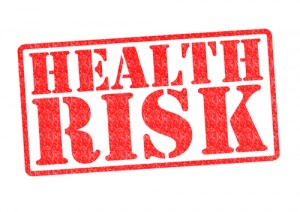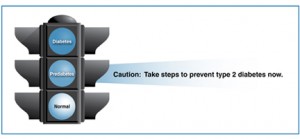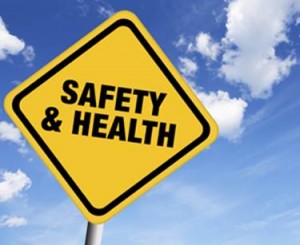 A dangerous new form of a powerful stimulant is hitting markets nationwide, for sale by the vial, the gallon and even the barrel.
A dangerous new form of a powerful stimulant is hitting markets nationwide, for sale by the vial, the gallon and even the barrel.
The drug is nicotine, in its potent, liquid form — extracted from tobacco and tinctured with a cocktail of flavorings, colorings and assorted chemicals to feed the fast-growing electronic cigarette industry.
These “e-liquids,” the key ingredients in e-cigarettes, are powerful neurotoxins. Tiny amounts, whether ingested or absorbed through the skin, can cause vomiting and seizures and even be lethal. A teaspoon of even highly diluted e-liquid can kill a small child.
But, like e-cigarettes, e-liquids are not regulated by federal authorities. They are mixed on factory floors and in the back rooms of shops, and sold legally in stores and online in small bottles that are kept casually around the house for regular refilling of e-cigarettes.
Evidence of the potential dangers is already emerging. Toxicologists warn that e-liquids pose a significant risk to public health, particularly to children, who may be drawn to their bright colors and fragrant flavorings like cherry, chocolate and bubble gum.
via Selling a Poison by the Barrel: Liquid Nicotine for E-Cigarettes – NYTimes.com.









